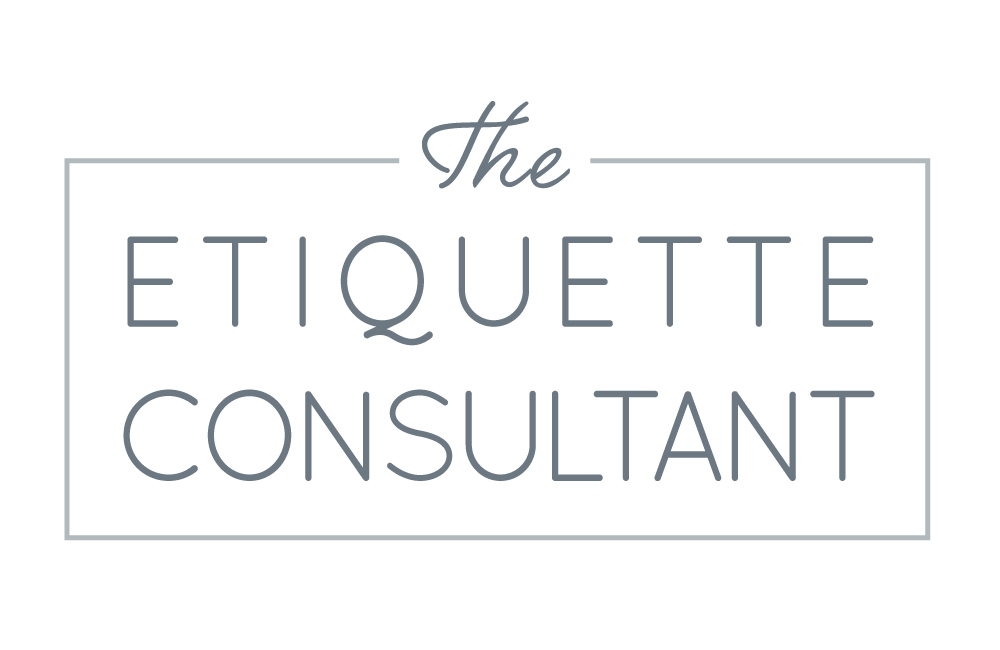If you are not accustomed to formal dinners, sometimes it can be hard to figure out the place settings. At events where a large group of people are dining in close proximity (business event, wedding reception etc) and when there are several courses to be served, there will be an elaborate table setting with multiple glasses of various shapes and sizes. Sometimes the tables can be so crowded with silverware, crystalware and decorations that it can be difficult to identify what is yours and someone will inevitably ask, “Is that my glass or yours?”.
Keep in mind these easy tips to remember which glass is yours and when to use it…
The ‘B’ and ‘D’ sign
Using your forefinger and thumb make a circle to form the letter ‘b’ with your left hand and the letter ‘d’ with your right hand (similar to the ‘OK’ sign used in many countries). The ‘b’ in your left hand will remind you that your bread plate will be on the left of the table setting and the ‘d’ in your right hand will remind you that your drinks will be on the right side. Just be sure to do this under the table, otherwise those around you might wonder what you are trying to tell them!
Water glass to the left
The water glass should be placed above the dinner knife and the other glasses placed around it but this is not always the case on crowded tables. If you have several glasses to choose from, remember that the water glass will always be the furtherest to the left or the closest to the plate.
Outside to inside
Follow the same principle used for using silverware by starting from the outside and working your way inwards. The glass to the furthest outside of the table setting will be for the first course, then the next one will be for the second course and so on.
Glasses at the back are for last
If there are more than three glasses they will be arranged in rows. The row of glasses at the back or behind are the glasses you will use for the last courses of the meal, for example the champagne for toasts given during dessert.
Don't worry too much about which glass to use. At formal events you will be served drinks by knowledgeable staff, so even if you don't remember which glass to use, they will remember for you. All you need to do is just wait for them to pour!
Julia Esteve
The Etiquette Consultant


